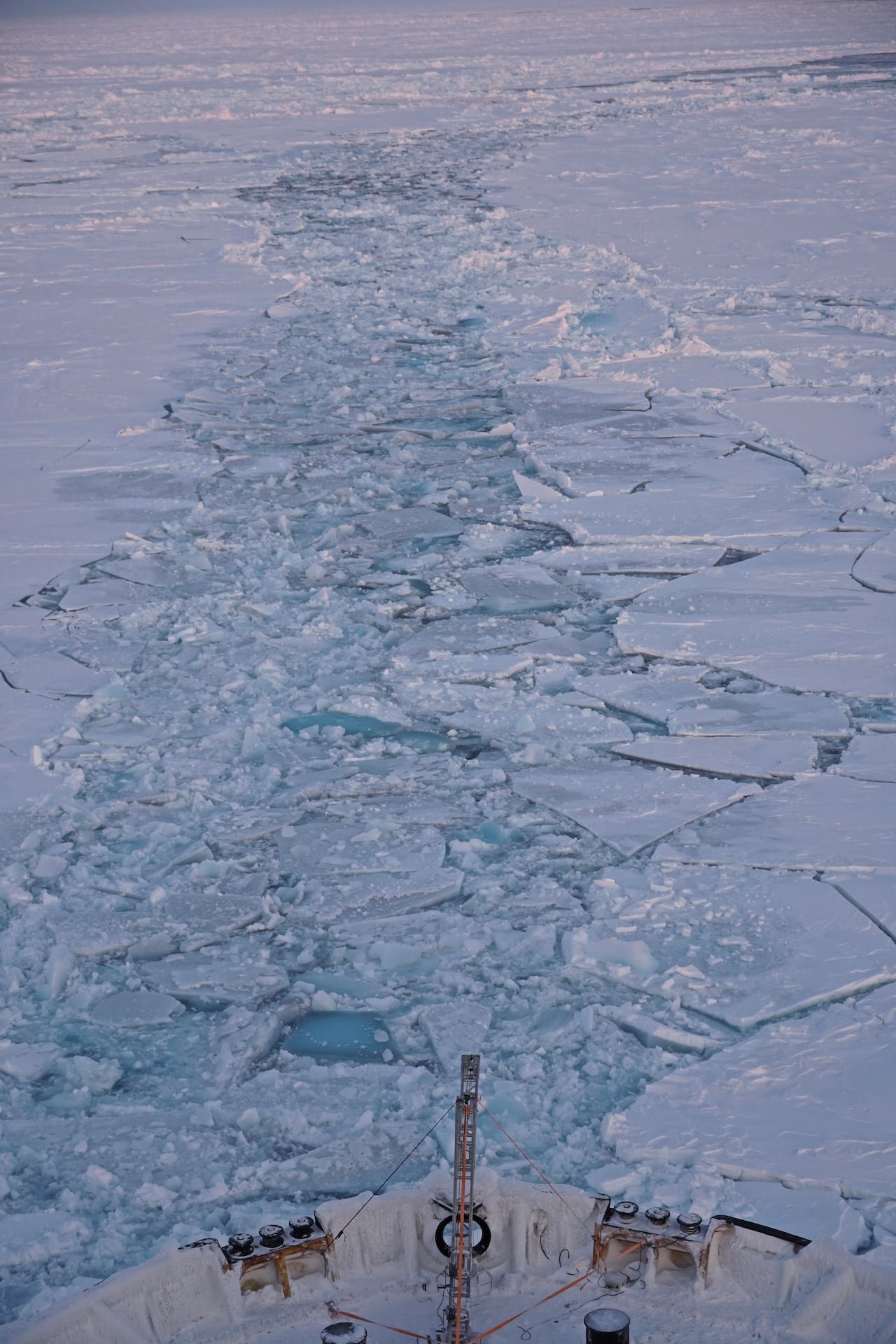For a while now, scientists have been exploring the idea of manipulating the climate artificially through geoengineering, particularly in the rapidly warming Arctic region, which is experiencing a rate of warming four times faster than the global average.
Various suggestions have been put forward, such as enhancing sea ice thickness, ocean fertilization with iron, and releasing particles into the atmosphere to reflect sunlight and mitigate its warming effects.
However, a recent study published in the journal Frontiers in Science asserts that these proposed geoengineering solutions, when examined against basic feasibility criteria, are deemed ineffective and could potentially lead to significant environmental harm.
The research team, formed post-COP28 in Dubai, scrutinized five prominent geoengineering proposals designed for polar regions and concluded that they failed to meet essential feasibility standards and posed risks of severe environmental repercussions.
Martin Sommerkorn, co-author from the WWF Global Arctic Program, emphasized the need for sustained, long-term commitment to address climate change, dispelling the notion of quick-fix solutions.

Insufficient Knowledge
Helen Amanda Fricker, a lead author of the study and a professor at UC San Diego’s Scripps Institution of Oceanography, highlighted the practical challenges of implementing certain geoengineering techniques due to the immense scale of ice sheets, which surpass human comprehension.

Fricker delved into the literature on extracting basal water from beneath glaciers to impede their movement, identifying numerous logistical hurdles that impede the viability of this strategy.
While the recent paper was a collaborative effort, researchers meticulously evaluated the feasibility, effectiveness, costs, governance, and potential adverse effects of prevalent geoengineering methods in polar regions.
Julienne Stroeve, a co-author from the University of Manitoba, cautioned about the broad repercussions of localized geoengineering efforts, emphasizing the interconnectedness of global climate systems.
She warned that interventions aimed at cooling the Arctic could inadvertently disrupt weather patterns and climate systems in other regions, like altering rainfall in the Global South.
The study also emphasized the need to prioritize reducing carbon emissions over investing in geoengineering research as a more effective and immediate solution to combat climate change.
Distraction from Decarbonization?
While some advocate for exploring multiple strategies to address climate change, Steve Desch, an astrophysics professor at Arizona State University, endorsed geoengineering as a complementary approach to decarbonization efforts.

Desch emphasized the importance of exploring various options, presenting stakeholders with the costs and benefits of different approaches to address climate change.
He underscored that while decarbonization remains crucial, investigating alternative solutions like geoengineering could help prevent further environmental deterioration.
Desch cited promising results from his research involving artificially thickening sea ice, suggesting its potential application in preserving Arctic ice cover amid ongoing climate challenges.
Despite acknowledging the urgency for action,
